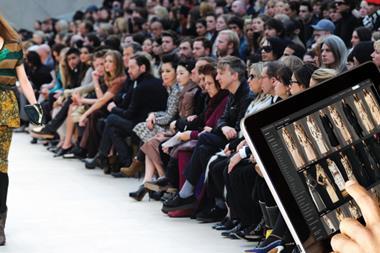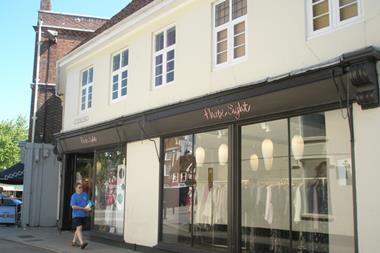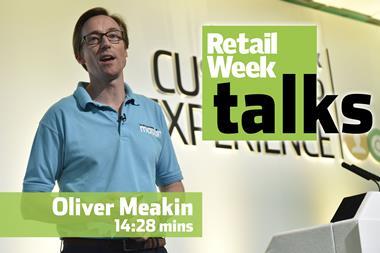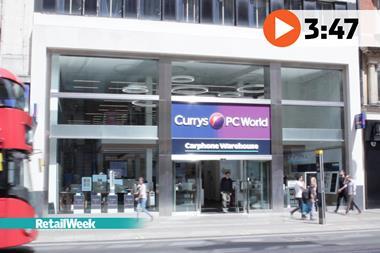The end of summer may offer a useful interlude and reflection before the somewhat frenetic arrival of the autumn and winter seasons.
In shaping our business development plans here in BrightHouse, we consider the medium and longer term retail trading environment. In a myriad of important factors, perhaps none is quite so significant as the internet.
Since its origination in 1989, the medium’s exponential growth has permeated all arenas of communication across the world.
The internet’s influence stretches throughout financial exchanges, supply chain capabilities, portrayal of brands, concepts and products. It has generated a plethora of comparison websites.
These profess to enhance consumer choice – by ranking options – and highlighting appropriate solutions.
An online world of possibilities
The internet’s transformational impact on retailing is powerful. It is heightening consumer expectations around product choice, quality and speed of service, and price competitiveness.
For the retailer, each of these elements has cost implications. The ‘price of play’ is further exacerbated by the advent of a national minimum wage, and by the onerous burden of an outdated business rates structure.
“The internet’s influence stretches throughout financial exchanges, supply chain capabilities, portrayal of brands, concepts and products”
These are challenging times, as evidenced by the number of empty shops in many of our high streets. Some respected commentators anticipate an inexorable trend of painful decline for UK retailing.

I share a more positive outlook with retailers such as Dixons Carphone chief executive Seb James, who points out that around 90% of online electrical sales have some form of store involvement.
Customers often wish to see or learn more about a product, before committing to its purchase.
Keeping ahead of the rest
UK consumers are confident in their multichannel engagement. They move effortlessly from their home where they can calmly browse or buy, into the hustle and bustle of a busy shopping location, where they can physically examine the ranges on display, and seek advice from retail staff.
Accordingly, our success as retailers will stem from our proficiency in assimilating the ever-changing capability of the digital revolution.
Our websites must be easy to navigate, and our logistics and fulfilment networks must be increasingly efficient. Moreover, we must continuously enhance the shopping experience.
Our store design and layout should enthuse shoppers, as should their engagement with our friendly and knowledgeable in-store teams.
Today’s consumer demands a seamless customer journey across multiple contact points: face to face in-store; on the internet or social media; over the telephone; or, indeed, in receiving a home delivery.
“The internet’s transformational impact on retailing is powerful”
We must nourish our high streets that are convenient for last minute or ‘single basket’ purchases, and for services which are unobtainable online, such as the hairdresser, optician, restaurants, and even live events.
It also has parallels with the village green of medieval times, as a hub for social and leisure activities. Well run high streets are potent attractors of footfall.
We should be proactive with local authorities in seeking to obtain accessible town centres with safe, yet excitingly diverse environments. Parking, bus shelters and the frequency of bus services also deserve our attention.
These are turbulent times. Retailers have to think and act across a wider spectrum than that simple range of core skills against which we previously could prosper.
- Leo McKee is chief executive of BrightHouse


























No comments yet